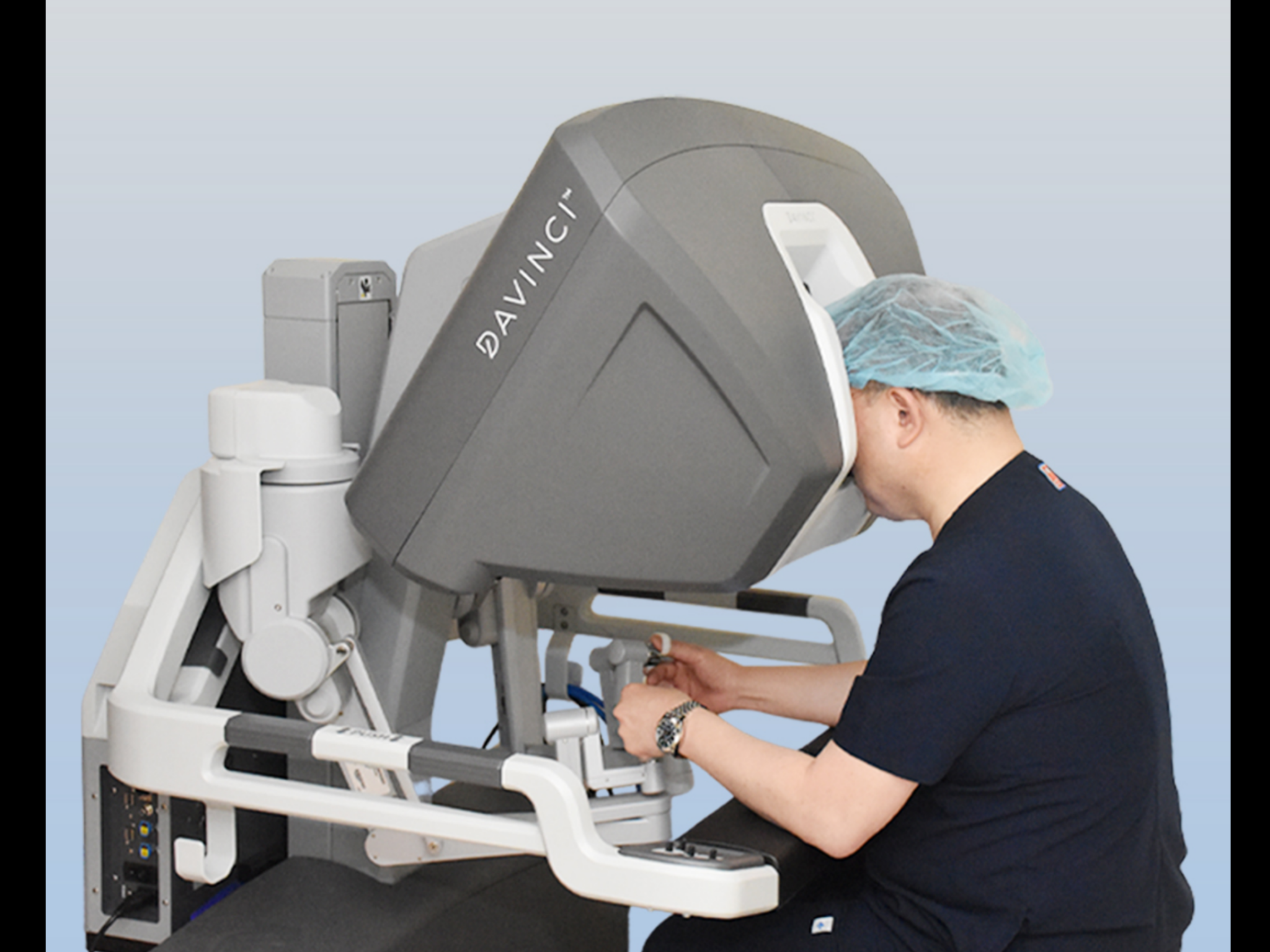Greater precision, collaboration and efficiency with robotic surgical systems at CGHMC
)
Dr. Jason L. Letran, Director for Clinical Operations at Manila-based Chinese General Hospital and Medical Center shares their journey with robotic surgery
In February 2024, Chinese General Hospital and Medical Center (CGHMC) became the first hospital in the Philippines to acquire the dual-console da Vinci Xi robotic surgical system.
This follows its adoption of the traditional single-console da Vinci system back in 2022.
|
|
Dr. Jason L. Letran, Director of the Robocare Surgical Center and also Director for Clinical Operations at CGHMC, noted that the hospital’s foray into robotic surgery is driven by rising patient preference for minimally invasive surgery (MIS), or surgery involving smaller incisions as compared to traditional open surgery. Robotic surgical equipment is well-suited for the precision and dexterity required for MIS, noted Dr. Letran. |
“We are seeing the trend towards more MIS, but there is a learning curve (for surgeons) for such surgeries. Some of the movements in MIS are counterintuitive, and surgeons may face constraints in accessing some areas because of the straight and long instruments they use, especially when they are dealing with a very narrow space.”
However, “robotic surgical arms have wristed articulation movement (mimicking the human wrist joints), so when the surgeon moves his wrist or hand, the arm simulates the movement entirely. This makes the surgery easier and more efficient.”
What the dual-console system provides is additional collaborative and training capability. In the case where there is a multidisciplinary care team consisting surgeons from different surgical specialties, the dual console allows two surgeons to work side by side in real-time and share expertise and insights. It also allows trainees to sit alongside their mentors and access the same 3D visualisation of the operative field for learning.
How robotic surgical systems impact surgeons and patients
The most common robot-assisted procedures include prostatectomy and nephrectomy (prostate and kidney surgery), with growing use in various other surgical disciplines such as general surgery, gynaecology, and colorectal surgeries, Dr. Letran revealed.
The reduced invasiveness of these surgeries leads to potentially less blood loss, less post-operative pain and less complications, which in turn enables a smoother recovery and earlier return to function for patients.
For surgeons, it means a more ergonomic experience. Without the use of robotic arms, surgeons performing laparoscopic surgeries sometimes have to contort their body to reach the operative field, due to area constraints or the length of instruments used, Dr. Letran pointed out.
“From the patient’s perspective, I think they can expect better results if the surgeon has an easier time performing the procedure. From the surgeon’s standpoint, the reduced stress on the body will also increase his/her longevity.”
Having performed the country’s first robotic surgery back in 2010, Dr. Letran has witnessed the increasing receptiveness towards robotic surgery over the years.
“Initially, most patients have misconceptions when they hear of robotic surgery – they think it would be a robot doing the surgery while the surgeons sit at the side, reading their papers and drinking their coffee,” he remarked. “So we have to explain to them that this is robotic-assisted laparoscopic surgery – it’s a marriage between conventional laparoscopic technique and robotic system. The robot will never move without movement from the surgeon.
“Other patients get frightened when they see the huge robotic system. We would highlight to them what enters their body are instruments that are just the diameter of a ballpoint pen, inserted through tiny keyhole incisions to create tiny holes for their operation.
“Nowadays, robotic surgeries have become much more common. In fact, a lot of my patients who are diagnosed with cancer or even benign surgical conditions are the ones asking about robotic surgeries. I think the information campaign and word-of-mouth from patients who underwent successful robotic surgeries have greatly driven its prominence and awareness amongst the public.”

On the horizon: Expansion of robotic surgery services, IT integration
Riding on the success, CGHMC launched its new Robocare Surgical Center in June 2024, housing its robotic surgery services under one roof. There are plans to expand the use of robotic surgical systems into other fields and procedures, such as cardiology, head and neck, and thoracic surgeries, Dr. Letran revealed.
Robotic surgery is but a part of the hospital’s overall innovation and technology strategy. Already, robotic rehabilitation devices have been adopted to support patients with mobility issues in their recovery process.
Work is also ongoing on a new 200-bed building designed to be paperless with the use of an integrated IT system.
Ultimately, “we are looking at having a smart hospital where everything would be integrated and well-recorded – from the ordering system to the inventory and sterilisation process,” Dr. Letran noted.
“Aside from the clinical excellence that we have always been striving towards, this IT integration is one of the most important projects we are pursuing. At the at the end of the day, I think times have changed. It’s not just about providing the best patient care, but how we are going to provide it. And that is where the IT integration and smart hospital concept will come into play.”


 Dr. Jason L. Letran
Dr. Jason L. Letran